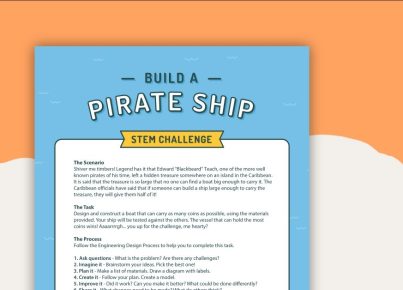Incorporating STEM (Science, Technology, Engineering, and Mathematics) into early childhood education is crucial for developing critical thinking and problem-solving skills. One innovative way to introduce these concepts to young learners is through STEM picture books. These books are invaluable tools for educators looking to spark curiosity and encourage an interest in scientific exploration among students.
STEM picture books take complex concepts and make them accessible and engaging for children. With captivating illustrations and compelling stories, these books lay down a foundation for a lifelong love of science and learning. Through the adventures of characters and interactive narratives, children can learn about everything from gravity to coding, often without realizing they’re being educated.
When selecting STEM picture books for the classroom, teachers should consider several factors to ensure they meet the educational needs of their students. These factors include age-appropriate content, alignment with curriculum standards, diverse representation in terms of characters and topics, and hands-on activities that reinforce the concepts introduced in the books.
A great STEM picture book not only explains scientific concepts but does so in a way that is relatable. For example, a story about a young inventor could provide insight into simple machines’ mechanics or the principles of design thinking. Moreover, many STEM picture books come with suggested activities or experiments that allow children to apply what they’ve learned directly.
Additionally, it is vital for classrooms to have a diverse range of STEM picture books that encompass various disciplines within science, technology, engineering, and math. For instance, a book covering basic biological concepts can sit alongside another exploring space and astronomy, ensuring a well-rounded exposure to different scientific fields.
In conclusion, STEM picture books are an essential addition to any classroom looking to enhance its science education offerings. They not only convey important STEM information but do so through an engaging medium that resonates with young minds. By making learning fun and visually stimulating, these books can play a significant role in molding future scientists, technologists, engineers, and mathematicians.





